D(+)-Glucose
D(+)-Glucose, also known as glucose or dextrose, is a simple sugar crucial for energy production in living organisms, serving as a primary energy source for cells and playing a central role in carbohydrate metabolism and various biochemical research applications.
D(+)-Glucose Overview
Glucose can be obtained through dietary intake, particularly from carbohydrates which are broken down into glucose and other sugars during digestion. It can also be produced by the body through gluconeogenesis, the metabolic process of generating glucose from non-carbohydrate substrates.
D(+)-Glucose Key Features
– Natural Source: Found in fruits, vegetables, honey, and the blood of animals.
– Bioactivities: Essential energy source for cells, crucial for brain function, and involved in various metabolic pathways.
– Mechanism of Action: Utilized in cellular respiration to produce ATP (adenosine triphosphate), the energy currency of the cell.
D(+)-Glucose Applications
– Medical Use: Administered in intravenous solutions to increase blood sugar levels or provide nutrition.
– Food Industry: Used as a sweetener, in food preservation, and to enhance the texture of baked goods.
– Research: Employed in biochemical research and in culture media for growing microorganisms.
D(+)-Glucose Functions
– Energy Production: The primary fuel source for cellular processes, critical for high-energy-demand organs like the brain and muscles.
– Metabolic Intermediate: Involved in numerous metabolic pathways, including glycolysis and the pentose phosphate pathway.
– Regulation of Blood Sugar Levels: Maintained within a narrow range by hormonal regulation, crucial for normal physiological function.
Details
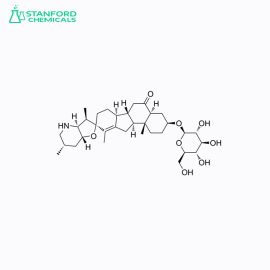
| Available Sizes | 30 capsules, 60 capsules, 90 capsules |
|---|---|
| Key Ingredient | High-quality Peimisine extracted from Fritillaria thunbergii |
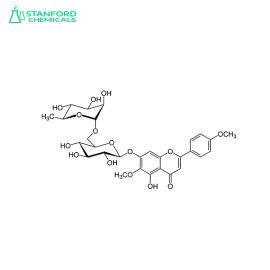
| Available Sizes | 30 capsules, 60 capsules, 120 capsules |
|---|---|
| Key Ingredient | High-quality, pure Pectolinarin extract |
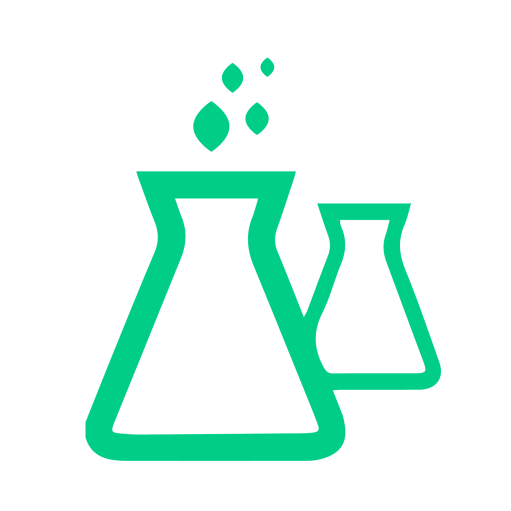
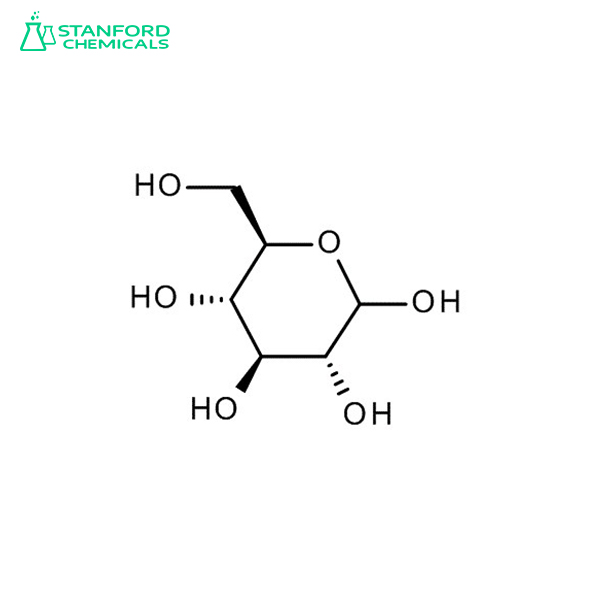
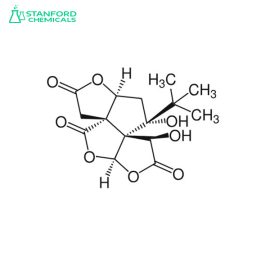
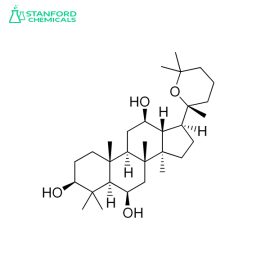
Reviews
There are no reviews yet.